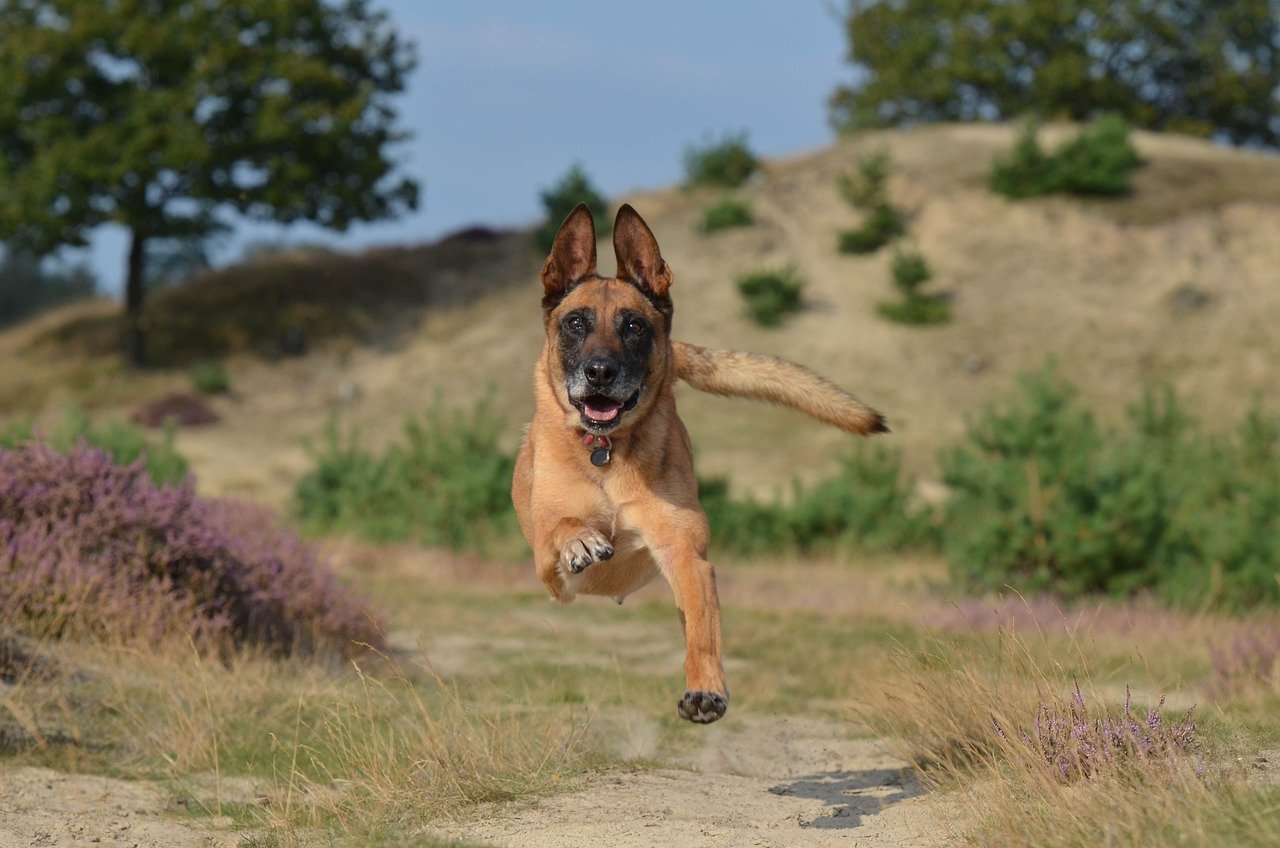Getting your first dog is exciting, but some breeds might throw a few curveballs your way. High-energy pups like Border Collies or Huskies, for example, need way more than a walk around the block. Breeds with strong wills or intense grooming needs, like Akitas or Afghan Hounds, can quickly overwhelm someone new to dog parenting. Then there are the working breeds who crave constant mental stimulation—or they’ll find “creative” ways to entertain themselves. First-time owners often underestimate how demanding some dogs can be. It’s not about avoiding these breeds altogether—it’s about knowing what you’re getting into. The better the match, the better the journey for both of you!
Siberian Husky
The Siberian Husky is a breathtaking breed, famous for its striking blue eyes and wolf-like appearance. But beneath that gorgeous coat lies a bundle of energy and independence that can totally catch a first-time dog owner off guard. Huskies were bred to pull sleds across frozen tundra, so their stamina and need for exercise are off the charts. If you’re not ready to offer long daily walks, runs, or even a secure backyard to zoom around in, a Husky can quickly become bored—and a bored Husky is a master escape artist.
They’re also notorious for being talkative and stubborn. Training a Husky is not for the faint of heart, as they’ll test boundaries and sometimes seem to have selective hearing. Their strong prey drive means small pets may not be safe around them, and their shedding will cover your home in fur twice a year. For those who love a challenge, Huskies can be incredibly rewarding, but they demand confidence, patience, and a healthy sense of humor.
Border Collie
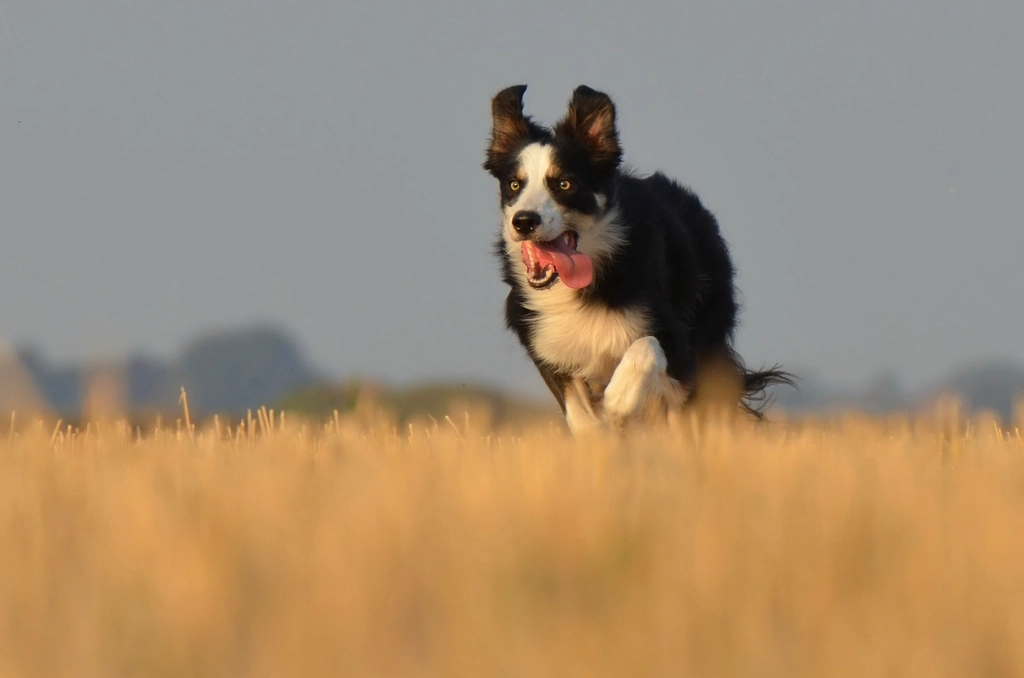
Border Collies are often called the Einsteins of the dog world, and it’s no exaggeration. Their intelligence is legendary; these dogs can learn new commands in just a few repetitions and excel at agility, obedience, and herding competitions. But here’s the twist: their sharp minds and athletic bodies need constant stimulation. A quick walk around the block just won’t cut it for this breed. Without enough to do, Border Collies can become destructive, anxious, or develop odd behaviors like compulsive chasing or barking.
They’re also incredibly sensitive and pick up on human moods, so a calm, consistent owner is a must. If you’re not ready to dedicate time every day to games, training sessions, and mental puzzles, a Border Collie might make you feel like you’re always one step behind. Their work ethic is admirable, but for a new dog parent, it can feel like trying to keep up with a whirlwind genius on four legs.
Belgian Malinois
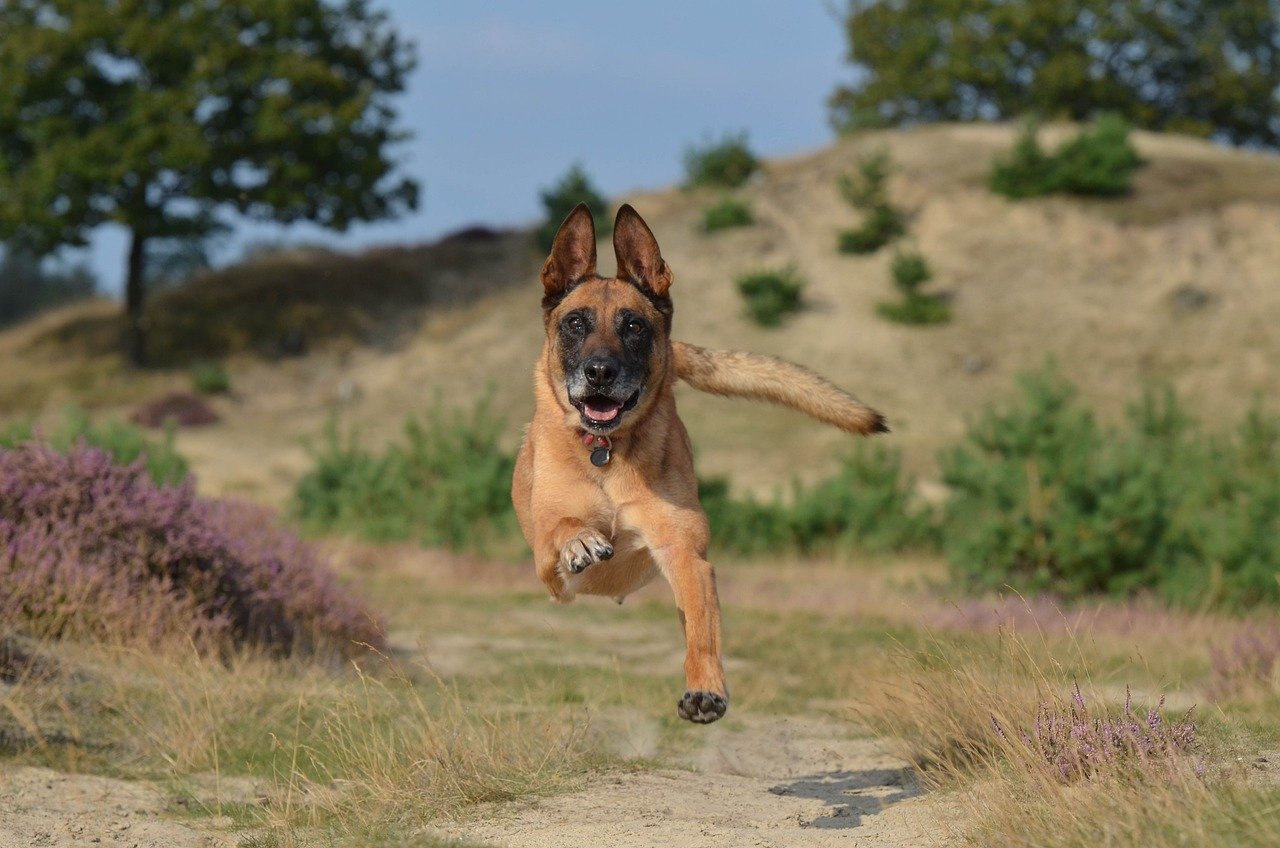
Imagine a dog that can leap tall fences, learn complex commands in days, and never seems to run out of energy. That’s the Belgian Malinois. These dogs are the top choice for police and military work around the world for a reason—they’re bold, fearless, and driven to work. But in the wrong hands, that drive can spell disaster. Without a job to do, Belgian Malinois can become bored, anxious, and sometimes even aggressive.
They require extensive socialization, consistent training, and lots of exercise. Even experienced dog owners can struggle to keep up with their needs. If you’re looking for a canine couch potato, this is not your breed. The Belgian Malinois thrives on challenge and structure, and without it, they’ll find their own “jobs”—like remodeling your backyard or herding your family members. They’re incredible dogs, but they do best with someone who has experience and energy to match.
Akita
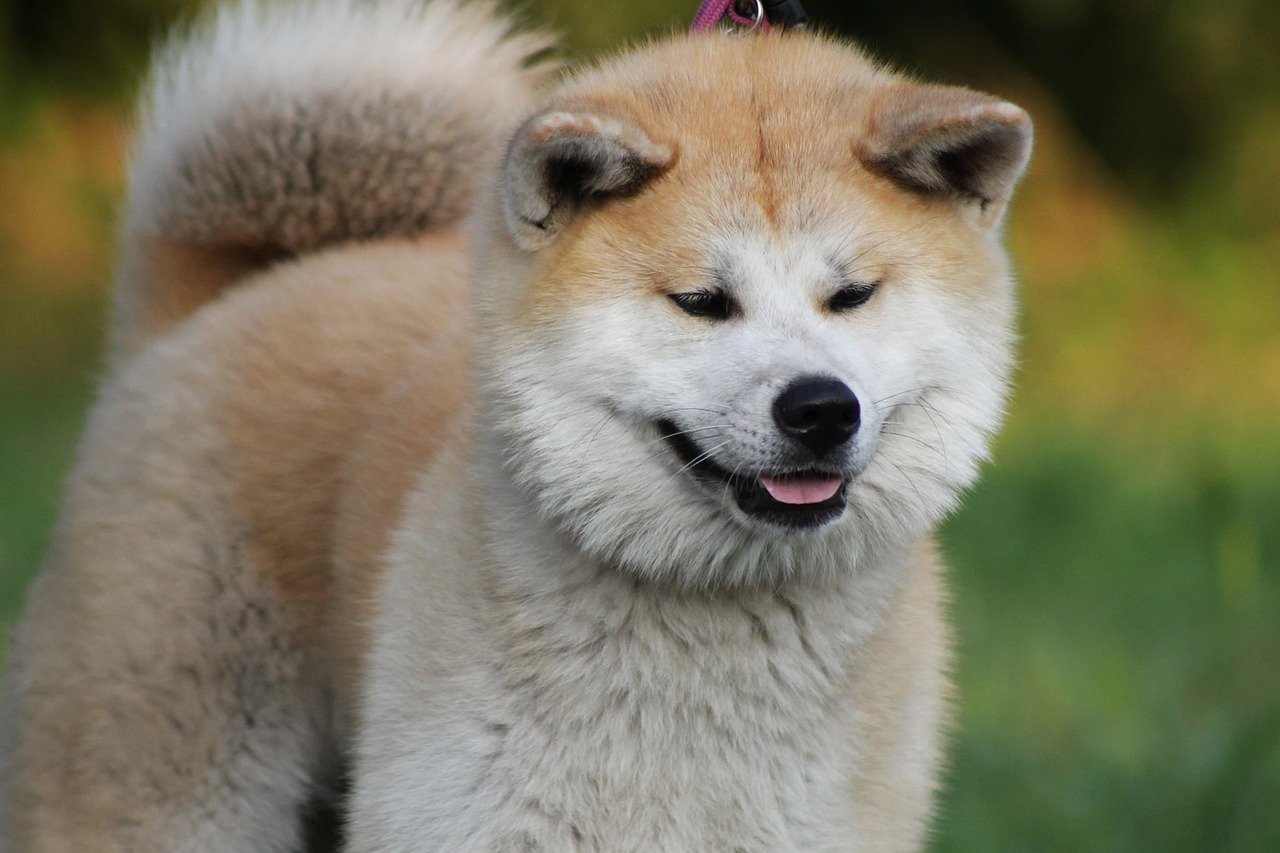
Akitas are striking, noble, and fiercely loyal. They’re known for their dignity and devotion to their families, but they can also be stubborn and protective to a fault. Akitas were bred as guard dogs in Japan, and their instincts run deep. They can be wary of strangers and may not get along with other animals, especially dogs of the same sex. For a first-time owner, managing this powerful and independent breed can be overwhelming.
Training must start early and be firm, fair, and consistent. Akitas also need plenty of socialization to prevent them from becoming overly protective or aloof. Their thick coats require regular grooming, and their size means they need plenty of space. An Akita is not the dog for someone who wants a social butterfly or a low-maintenance companion, but for those who earn their trust, they offer a bond like no other.
Dalmatian
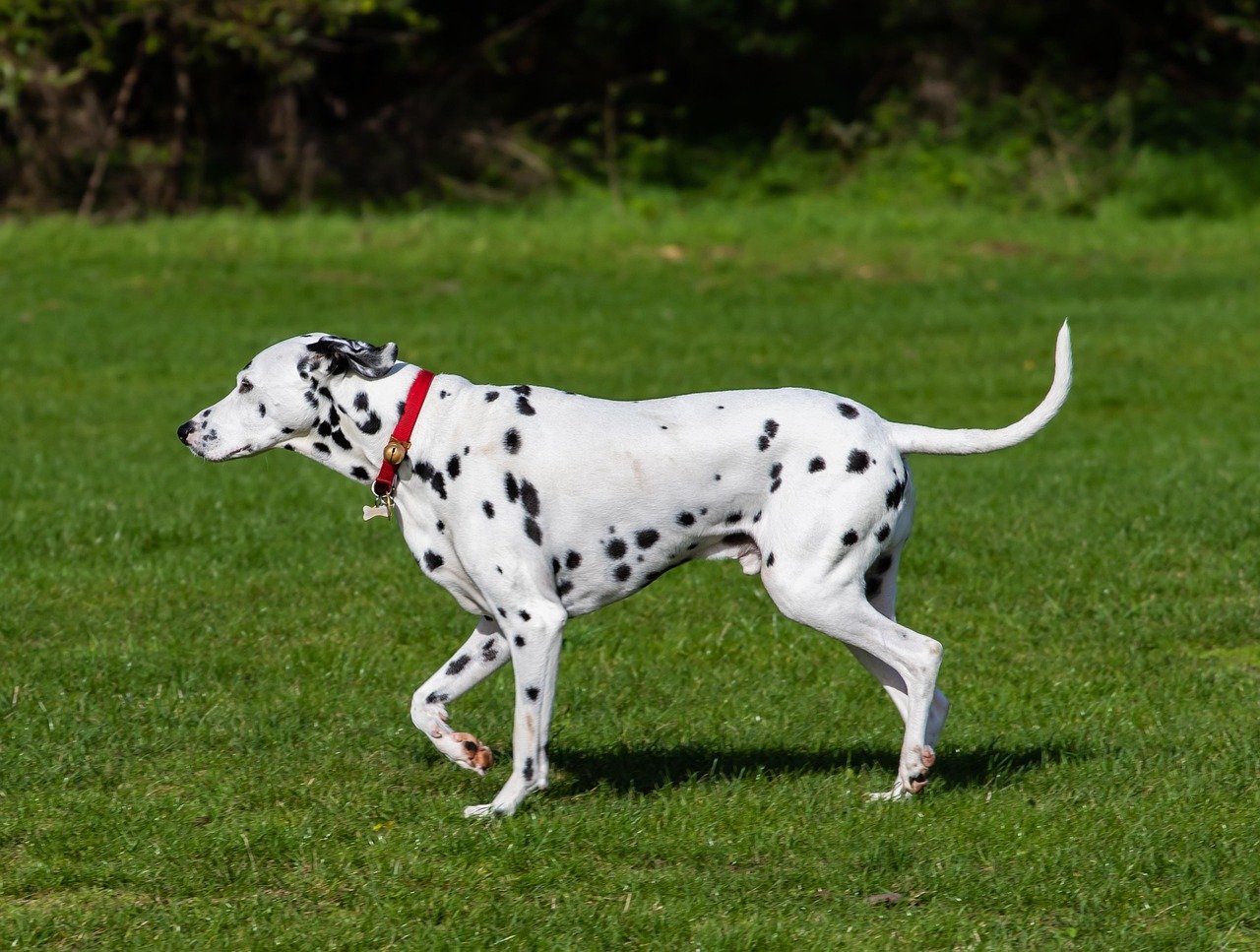
With their iconic spots and charming appearance, Dalmatians are often seen as the perfect family pet. But looks can be deceiving. Dalmatians are high-energy dogs with a stubborn streak, and their history as carriage dogs means they love to run—sometimes for miles. Without enough physical and mental activity, they can become restless and destructive, chewing furniture or digging up the yard.
Dalmatians are also prone to certain health issues, like deafness, which can complicate training. They can be aloof with strangers and sometimes don’t tolerate young children or other pets well. First-time owners are often surprised by how much attention and guidance these dogs need to thrive. If you’re ready to embrace their quirks and match their energy, Dalmatians can be delightful companions, but they require dedication and patience.
Jack Russell Terrier
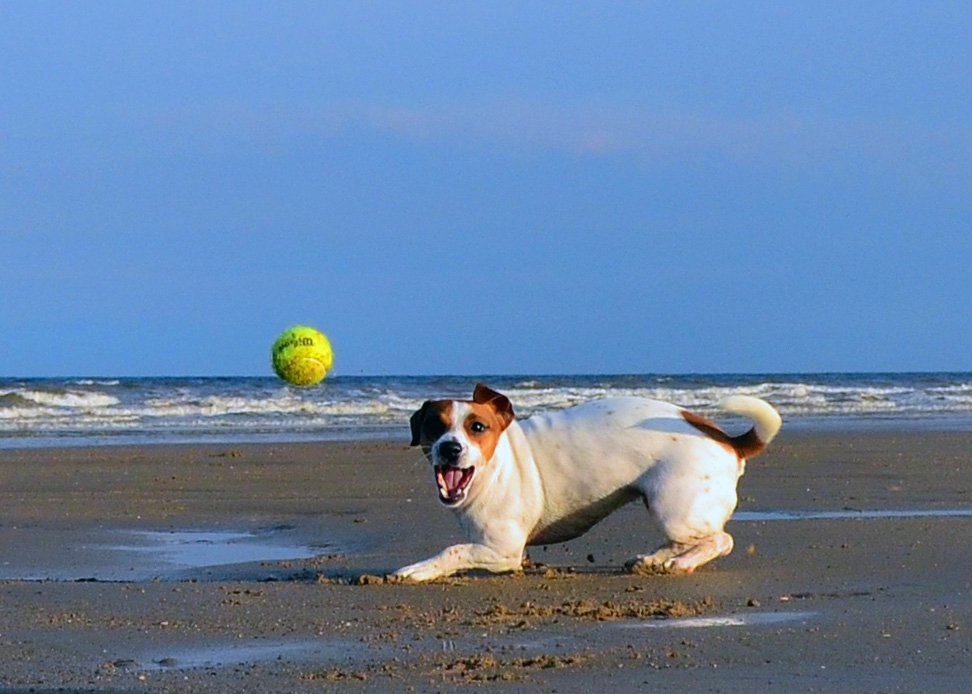
Don’t let their small size fool you—Jack Russell Terriers are dynamos wrapped in a compact package. These little dogs are fearless, energetic, and incredibly clever. Originally bred for fox hunting, they have endless stamina and a strong prey drive. If you’re not prepared to provide hours of activity and mental stimulation, a Jack Russell will quickly create their own fun, often at your expense.
They can become stubborn and even aggressive if they’re bored or under-stimulated. Digging, barking, and escaping are common issues for this breed. Jack Russells are also known for their independent streak, which can make training a test of patience. Their boundless energy and big personalities mean they’re best suited for active, experienced owners who can keep up with their antics.
Weimaraner
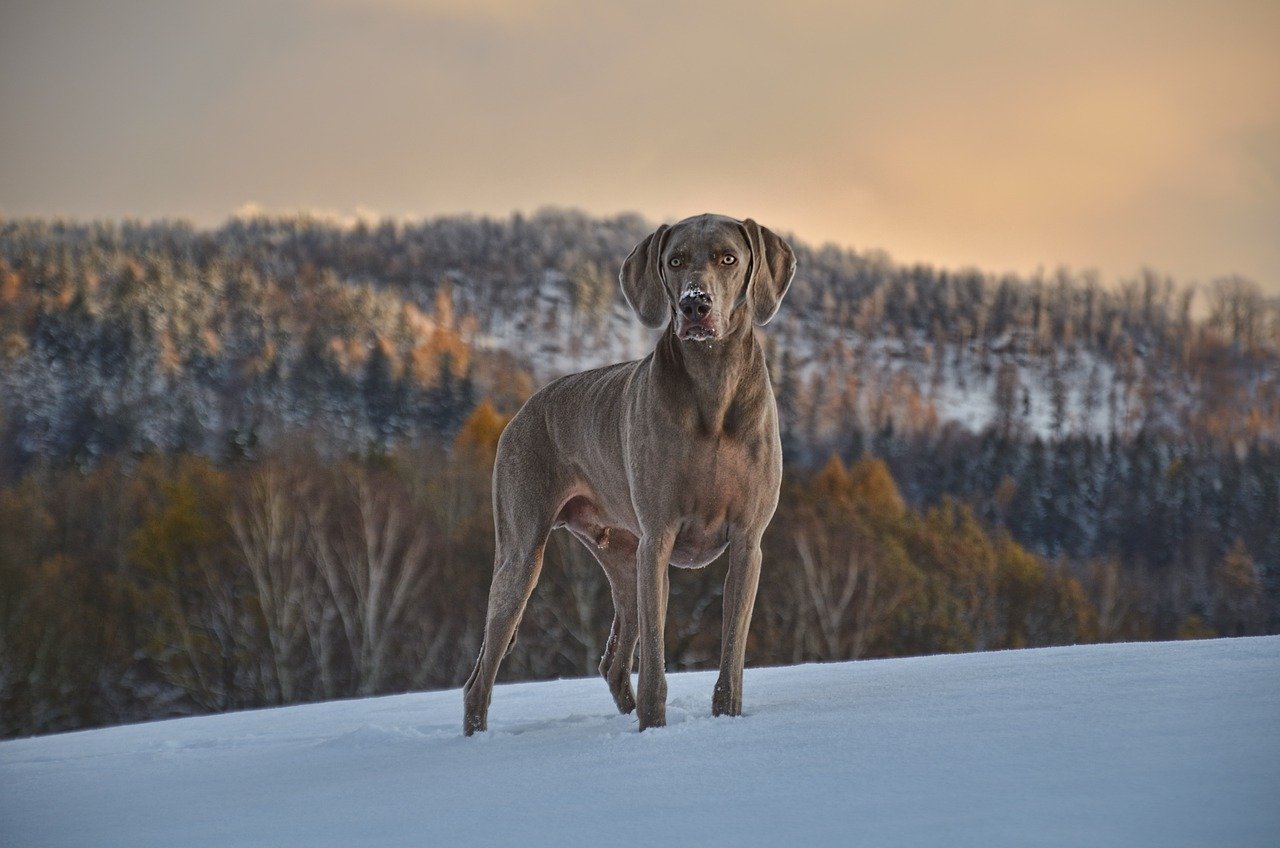
Elegant and athletic, Weimaraners are sometimes called “the gray ghost” for their stunning silver coats and striking eyes. But behind that beauty is a dog with intense exercise and companionship needs. These dogs were bred for hunting and have energy to spare. Weimaraners hate being left alone and can develop severe separation anxiety if not given enough attention.
They’re also notorious for being clever escape artists and can easily become destructive if bored. Weimaraners require consistent training, plenty of socialization, and a family that can match their active lifestyle. They’re not the best fit for someone who works long hours or prefers a laid-back pet. While their devotion is unmatched, their high needs can overwhelm a first-time owner who isn’t fully prepared.
Alaskan Malamute
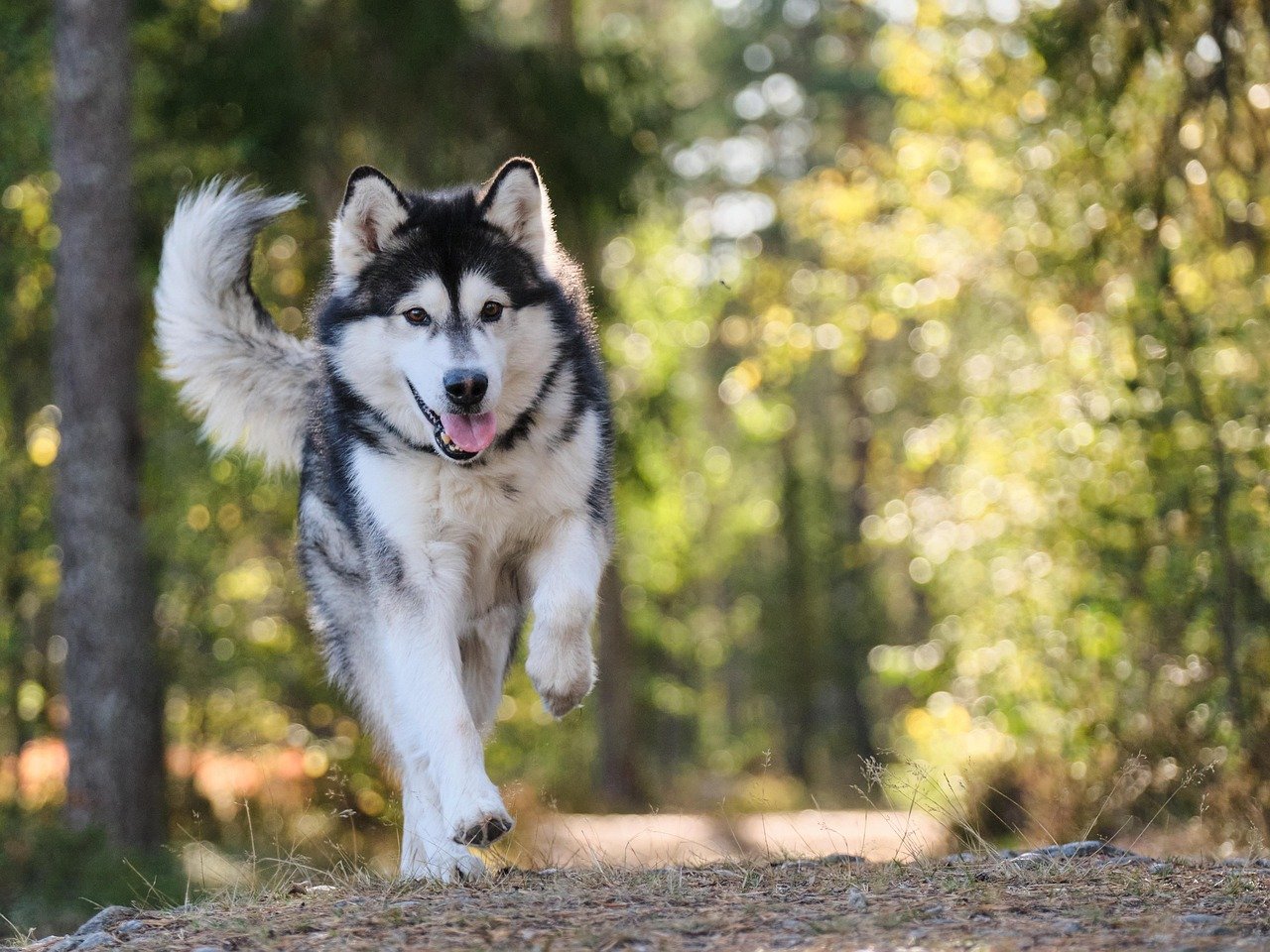
The Alaskan Malamute is a gentle giant, famous for its strength and endurance. These dogs were bred to haul heavy sleds over long distances, and their working heritage is obvious in everything they do. Malamutes need ample exercise and space to roam. If they don’t get it, they’ll find ways to entertain themselves—often with impressive feats of digging or howling.
Malamutes are friendly but independent, and they can be stubborn during training. They also have a strong prey drive, which means smaller animals in the home may not be safe. Their thick double coats shed heavily, especially during seasonal changes, and require regular grooming. For first-time owners, the demands of caring for such a powerful and independent dog can be daunting. But for the right person, the loyalty and affection of a Malamute are truly something special.
Bringing home your first dog is a big deal, and choosing the right breed can make all the difference. While some dogs are a little too much for beginners, that doesn’t mean they’re bad pups—just a bit more of a challenge. With the right research, commitment, and patience, even high-maintenance breeds can thrive. But if you’re just starting out, it’s okay to go for a breed that matches your lifestyle and experience. A smoother start makes for a stronger bond!

Esther is from India; the heartbeat of South Asia, holding a Master’s degree in Zoology and a postgraduate diploma in Animal Welfare. Her enthusiasm for animal welfare drives her passion and dedication to working for animals, ensuring their well-being, and advocating for their rights. With a solid academic background and hands-on experience, she is committed to making a positive impact in the field of animal welfare. In her free time, she enjoys embroidery and sewing. As a Chennaite from Tamil Nadu, Esther loves Bharathanatyam, an Indian classical dance form.

